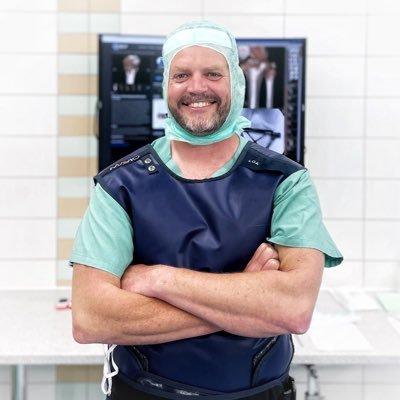Anteromedial Facet and Sublime Tubercle Fracture with Medial Collateral Ligament Avulsion
Score and Comment on this Case
Clinical Details
Clinical and radiological findings: A 42-year-old male presented with a left elbow injury following an e-bike accident. Initial evaluation in the emergency department suggested a dislocation, but radiographs and computed tomography confirmed fractures of the anteromedial facet and sublime tubercle of the ulna without dislocation. The imaging indicated potential posteromedial rotatory instability due to the fracture pattern.
Preoperative Plan
Planning remarks: The preoperative plan involved a dual approach to address both medial and lateral aspects of the elbow. The primary focus was on anatomical reduction and fixation of the anteromedial facet and sublime tubercle fractures, with exploration of the lateral collateral ligament complex to rule out associated injuries.
Surgical Discussion
Patient positioning: The patient was positioned supine on a radiolucent operating table. The left arm was placed on an auxiliary arm table, allowing for internal and external rotation of the shoulder joint to facilitate access to both medial and lateral aspects of the elbow.
Anatomical surgical approach: A lateral approach was initiated with an incision over the capitulum and radial head, proceeding through a muscle-splitting technique via the extensor digitorum communis to access the lateral collateral complex. Subsequently, a medial approach was performed with an incision extending from the medial epicondyle over the proximal forearm, utilizing a muscle-splitting technique between the heads of the flexor carpi ulnaris to expose the sublime tubercle and anteromedial facet.
Operative remarks:Examination of the lateral collateral complex revealed no injury, allowing focus on the medial structures. The anteromedial facet was reconstructed using Kirschner wires and stabilized with a coronoid plate. The sublime tubercle fragment was similarly fixed, and a 3.5-mm titanium anchor was used to repair the avulsed medial collateral ligament to the medial epicondyle. Intraoperative fluoroscopy confirmed stable fixation without evidence of instability or intra-articular hardware placement.
Postoperative protocol: Postoperative rehabilitation will involve encouraging a full active range of motion under non-weight-bearing conditions. A shoulder sling may be used for pain control as needed.
Follow up: Not specified
Orthopaedic implants used: Kirschner wires, coronoid plate, 2.0-mm screws, 3.5-mm titanium anchor, fiber wire suture
Search for Related Literature

Dr Ed Oates
- Germany , Schleswig Holstein
- Area of Specialty - General Trauma
- Position - Specialist Consultant

Industry Sponsership
contact us for advertising opportunities












Article viewed 278 times
06 Aug 2025
Add to Bookmarks
Full Citation
Cite this article:
Oates, E.J. (2025). Anteromedial Facet and Sublime Tubercle Fracture with Medial Collateral Ligament Avulsion. Journal of Orthopaedic Surgery and Traumatology. Case Report 4634577 Published Online Aug 06 2025.